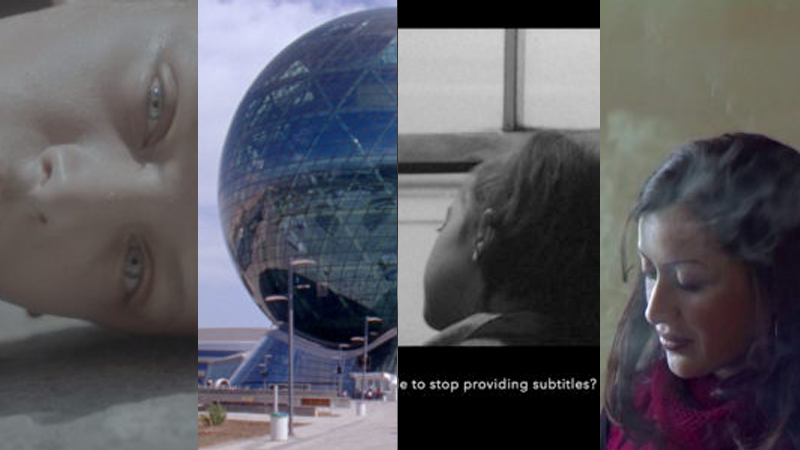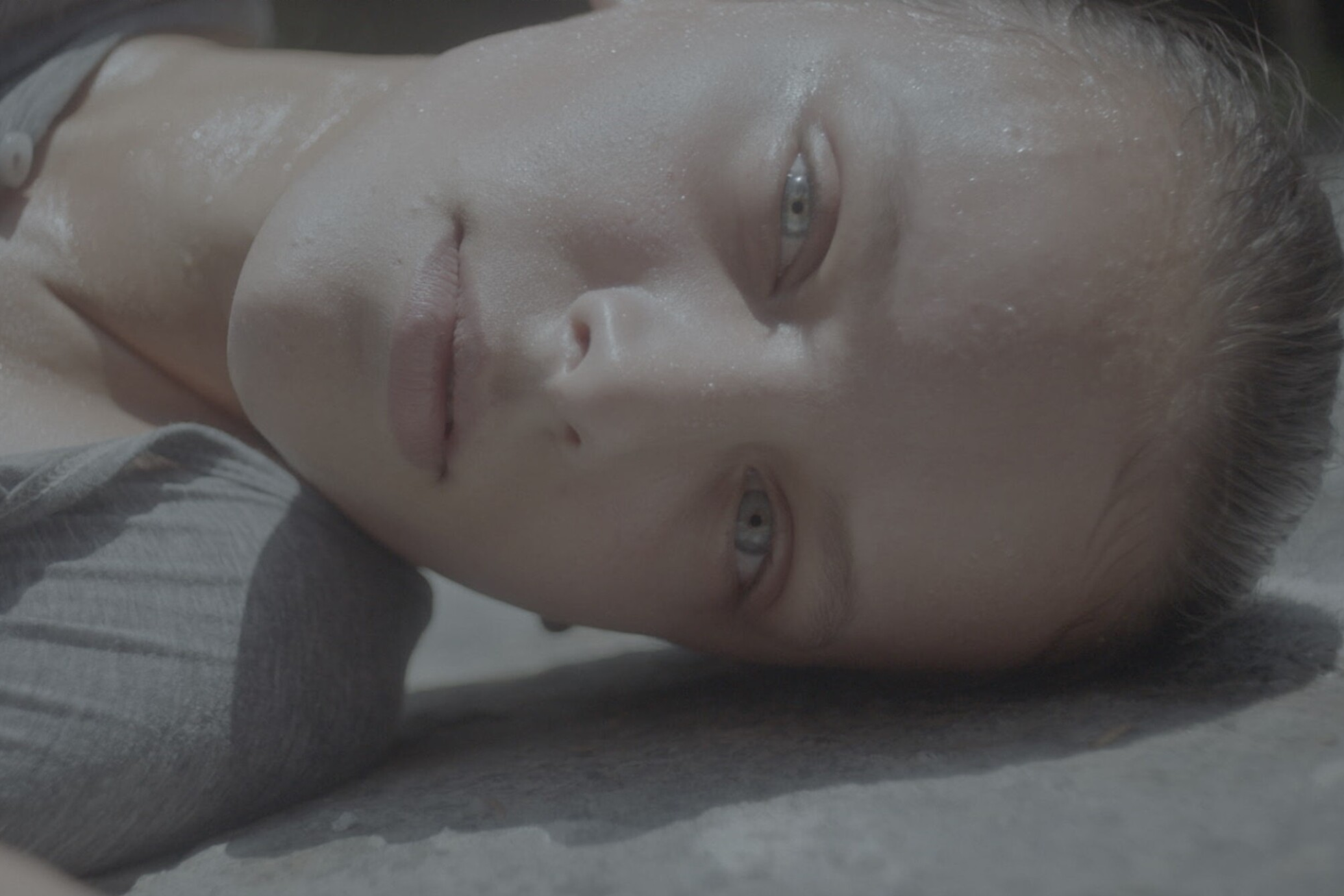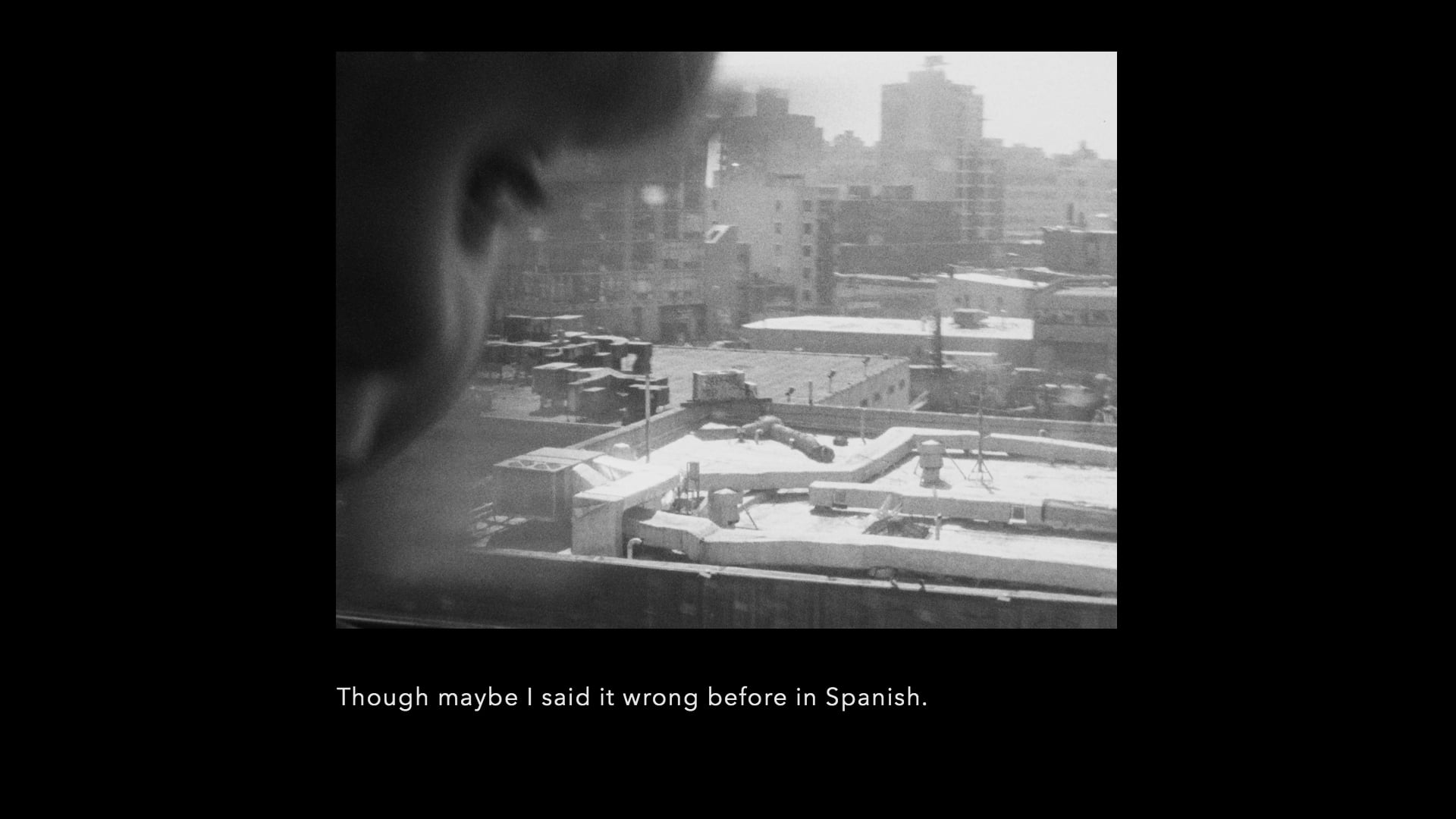
December 31, 2009
MoMA’s Documentary Fortnight

This year was the 20th edition of Documentary Fortnight, the Museum of Modern Art’s showcase for innovative non-fiction films. Films centering on the built environment had a dreamlike, otherworldly, lamenting quality. Some even used architecture and design as metaphors for physical ailments or lost aspirations.

In Êxtase, directed by Moara Passoni, a young Brazilian girl’s mother is elected to Congress so they move to the capitol city, Brasilia, designed in the 1950s by Oscar Niemeyer Lucio Costa and Robert Burle-Marx. “What kind of place is this? How could this place be home?” She goes on to complain ”the maze swallows my Mom!” We see her at various ages, running to the point of collapse, suffering from bulimia, which she equates to the city itself. “This place is an image of my body…No one can breach this space… The only thing that matters in this architecture is the brutal pleasure of form.” Surprisingly, she studies architecture, and “It’s my first term in the architecture course. To re-imagine the plan of Brasilia, the capital of Brazil,” but “Its formalism and functionalism have made it uninhabitable.”
On a Clear Day You Can See the Revolution From Here depicts Kazakhstan, a former Soviet republic along the Silk Road between Asia and Europe. Both blessed and cursed with rich natural resources, it has been the site of drilling, mining and nuclear tests. Directed by Emma Charles and Ben Evans James, it shows the capitol Astana, which was renamed Nur-Sultan in 2019. “Nur-Sultan presents storytelling at an architectural scale; of fictions constructed as fact. As part of this story, mineral extraction is written into the script of Nur-Sultan….Copper, zinc and lead to the east; uranium to the south; oil, gas and coal to the north.” Rebuilt with a master-plan by Japanese architect Kisho Kurokawa, with many skyscrapers and surreal buildings, it is a Brasilia wannabe. “Here, glittering monuments convey mythic stories of the battle between good and evil. Palaces and shopping malls adopt the form of nomadic dwellings, golden towers mirror the armor-plated clothing of the ancient Scythians. Nomadic totems, spirits and heroes are reinstated; their voices heard through the architecture of the city.”
The Insomnia of a Serial Dreamer is the plight of the Lebanese director Mohamed Soueid’s attempt to get people to tell him bedtime stories so he can fall asleep. A cab driver, airplane pilot, artist, psychotherapist, some real and some played by actors, weave the tales. Amongst the footage of his beleaguered country are construction sites, hosing them down, then sifting sand. “18 years ago, I started filming on a construction site, in the middle of a theatre in downtown. The project was related to the restoration of the movie and stage half the Grand Theatre of Beirut. The project fell through. Money ran out. The producer withdrew and in lieu of my wages he allowed me to keep the footage, of which this is part… But I always came back to this film.”

Everything That is Forgotten in an Instant cross-cuts between New York City and Buenos Aires. Richard Shpuntoff, the filmmaker, makes parallels with how communities have been destroyed or remembered in both cities. HIs father was brought up on the Lower East Side in a Jewish community that has been taken over by Chinatown, which they revisit together. Shpuntoff worked for a city contractor in real estate during the Koch administration and recounts the greed of developers. While in NY there was Robert Moses who made community-displacing highways like the Bruckner, BQE and Cross Bronx Expressway, Buenos Aires had Brigadier Osvaldo Cacciatore, the mayor who built a ltopistas. Both democratic and autocratic systems yielded the same result. Moses said “When you operate in an overbuilt metropolis you have to hack your way with a meat axe.” The film connects the two venues with FDR’s Good Neighbor Policy, headed by Nelson Rockefeller, which encouraged Hollywood films such as Down Argentine Way (1940), a wildly popular but laughable mix of Carmen Miranda (Brazilian), and Mexican Spanish-speakers, “portraying graft and giggles.” Shpuntoff, who translated films professionally when he lived in Buenos Aires asks “Is life a linear or circular narrative? Film always propels us forward. But stories seem to come back where they started.”
Observed
View all
Observed
By Susan Morris




